SUMMARY
This is AI generated summarization, which may have errors. For context, always refer to the full article.
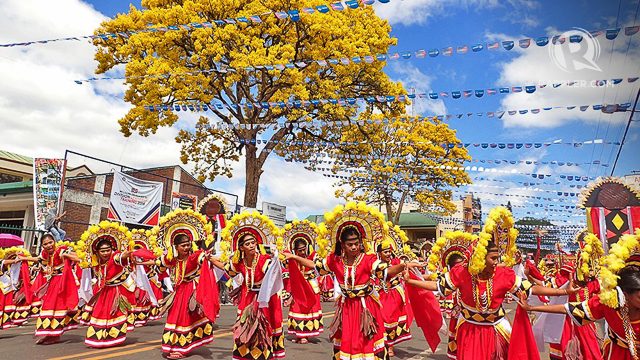
Every year, usually during the month of March, Bukidnon’s main avenue blooms not just with golden trumpet trees but with the blazing reds of its locals’ indigenous attire.
Representatives from the province’s seven groups of indigenous people dance in a parade to powerful drumbeats, with age-old movements from their stories and heritage.
Kaamulan is a celebration of the province’s Bukidnon, Higaonon, Talaandig, Manobo, Matigsalug, Tigwahanon, and Umayamnon people and their culture. Kaamulan comes from the word “amul,” which literally means “to gather.”
Such gatherings are usually for rituals, thanksgiving for a good harvest, a wedding ceremony, among others.
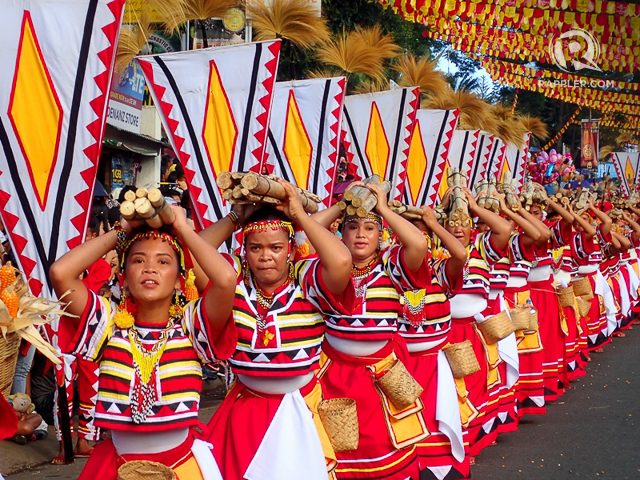
At Kaamulan, the indigenous peoples’ different legends, rituals, celebrations, and other ways of life are portrayed through dances and performances.
While Kaamulan has events spanning several weeks, the festival’s highlight is the street dancing, held March 24 this year at the province’s capital, Malaybalay.
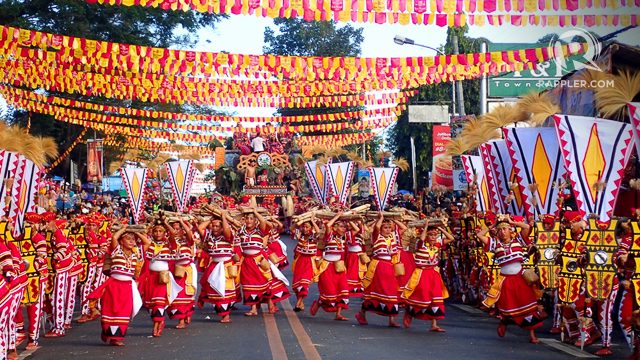
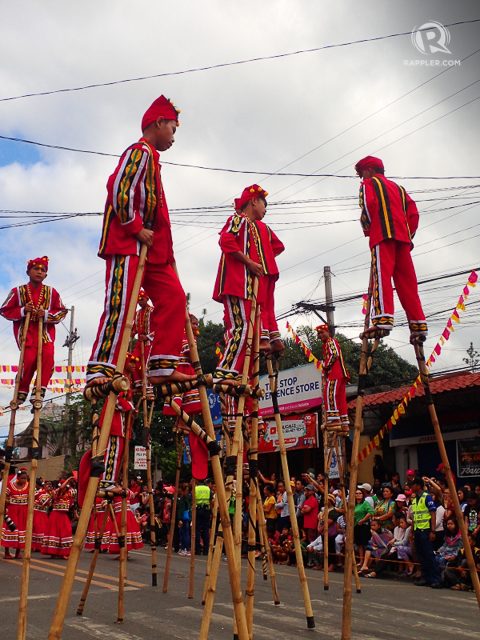
According to Loreta Sol Dinlayan, head of the Bukidnon Studies Center and assistant professor of Social Sciences at the Bukidnon State University, the Kaamulan Festival began in the 70s, when Bukidnon’s local leaders, among them indigenous peoples, agreed that the province’s indigenous culture should be celebrated.
The festivities began with just Malaybalay’s indigenous people, who sang, danced, and played their native instruments on the streets.
Kaamulan eventually became a celebration of the culture of all seven ethnic groups in Bukidnon.
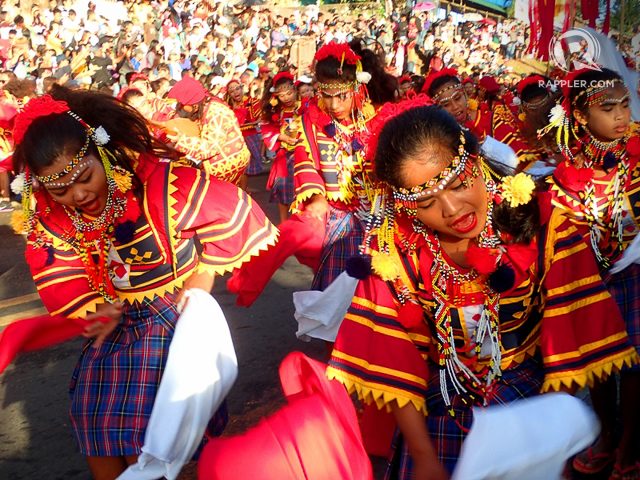
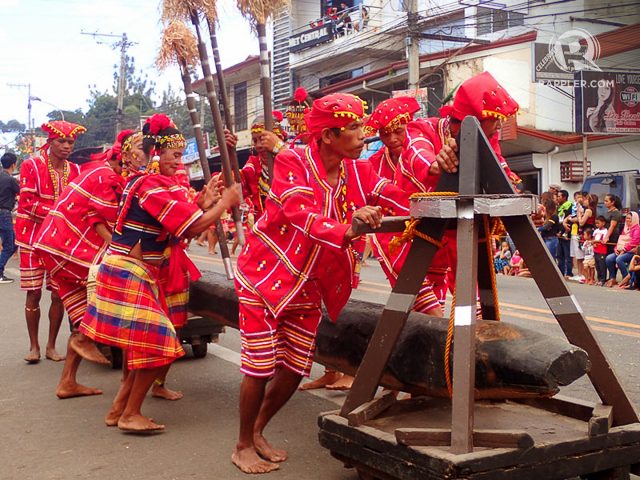
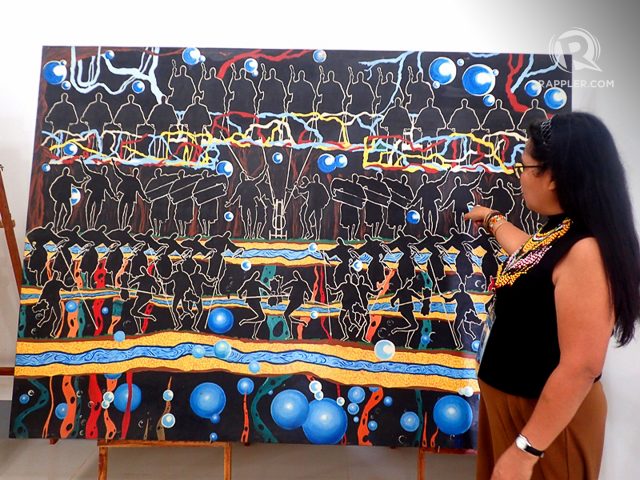
Every year, around half of Bukidnon’s 21 municipalities – the other half would participate the following year – perform on the streets in the morning and on the provincial capitol’s grounds at noon.
Each municipality has one or more indigenous peoples represented, and each performance usually has a clear storyline, or has interconnected rituals and dances.
The municipality of Don Carlos, for example, has dances celebrating the bounty of Lake Pinamaloy, and then tells the legend of how the datu’s heir went to the lake and was bitten after he accidentally angered the bunsalagan, a spirit living there. The giant banog (Philippine hawk), with the intercession of baylans (healers), then healed the heir.
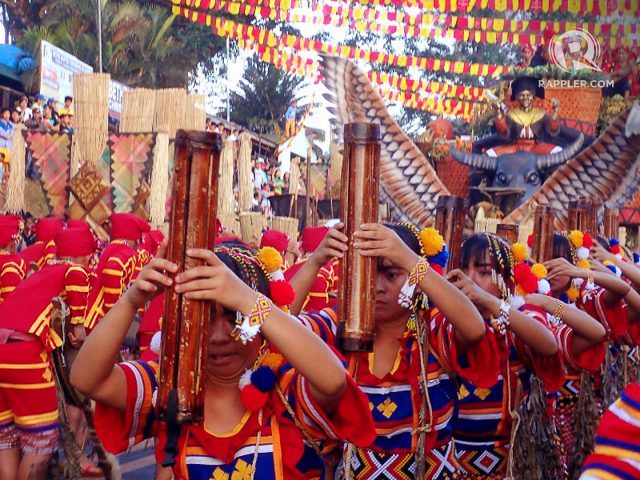
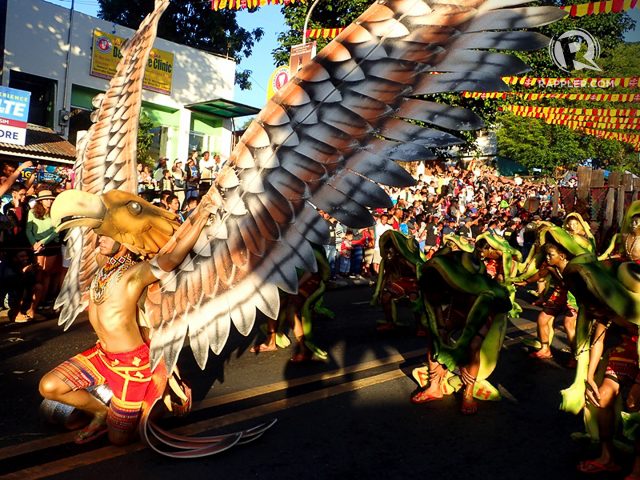
Spirits are prominent characters in many of Bukidnon’s legends. At another municipality, the spirit Laaw, portrayed as a towering dark figure, gives favor to the indigenous people.
At Libona, the performance highlights a horse sacred to the Higaonons.
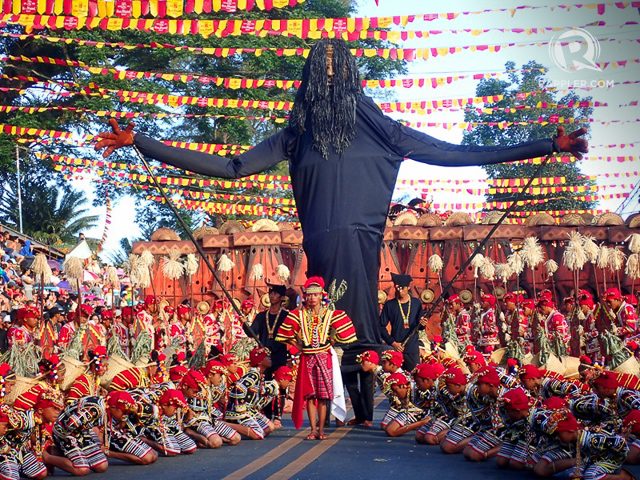
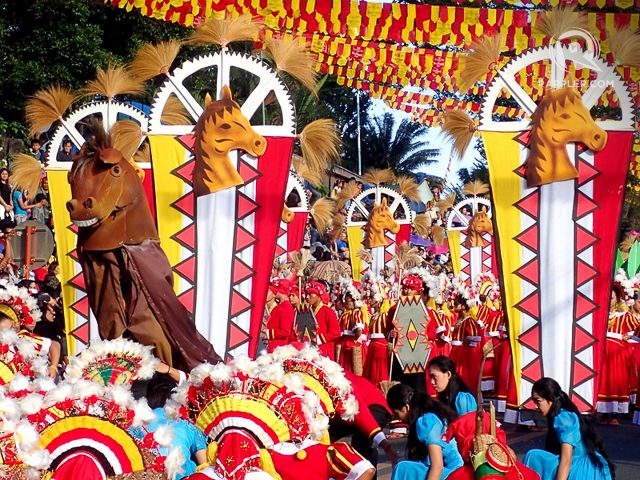
Some dances also portray daily life, like planting and fishing.
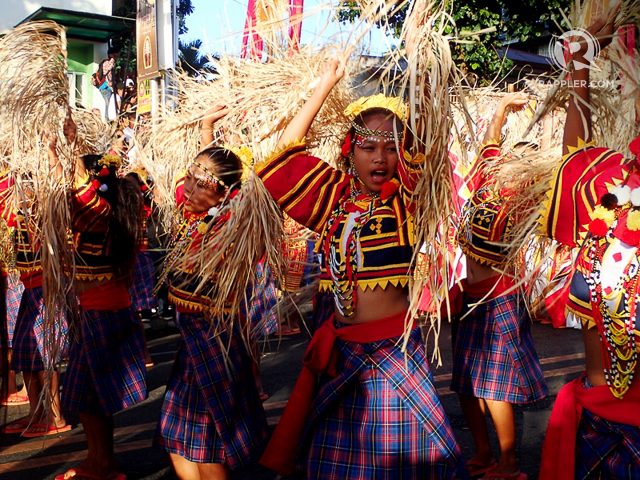
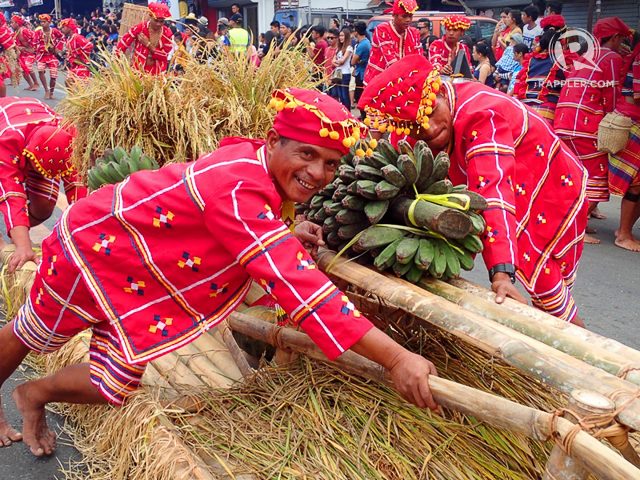
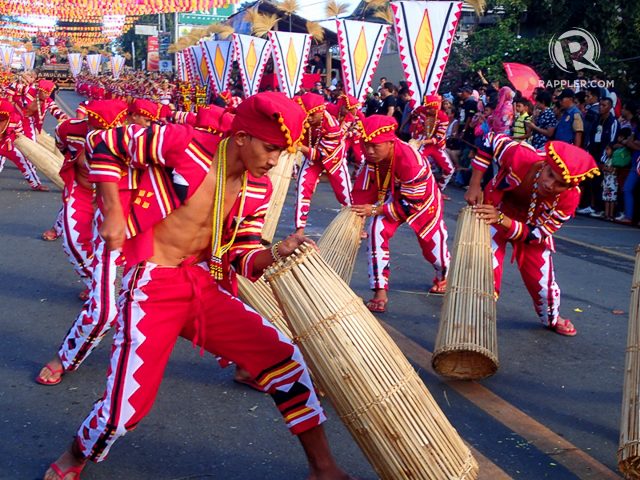
War dances showcasing the strength and skill of warriors are also a common theme among the indigenous peoples’ performances.
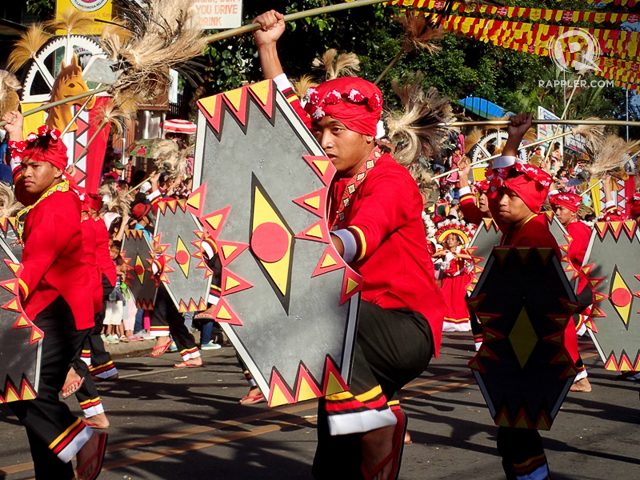
Relationships and rituals are also shown through courtship dances and wedding rituals.
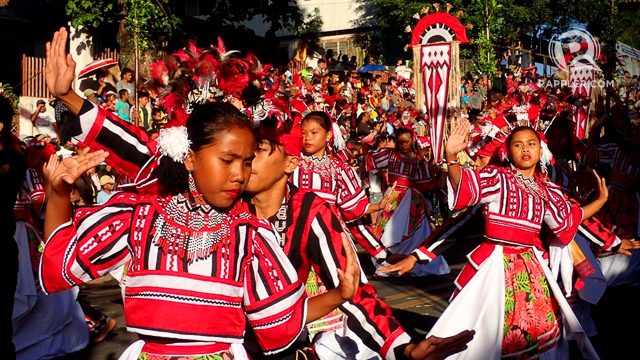
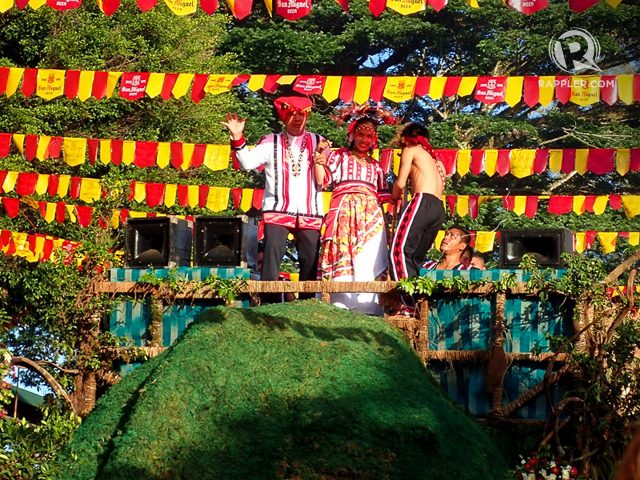
There are also dances that take after creatures, like of birds, monkeys, and more.
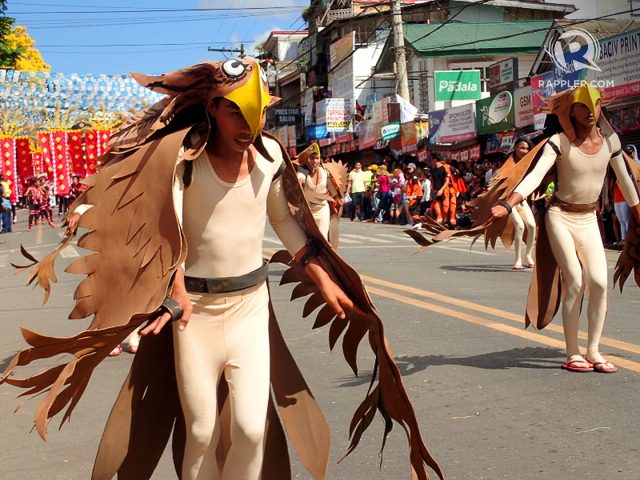
Kaamulan performances are participated in by young and old alike. Leaders are usually at the head of the parade of each municipality.
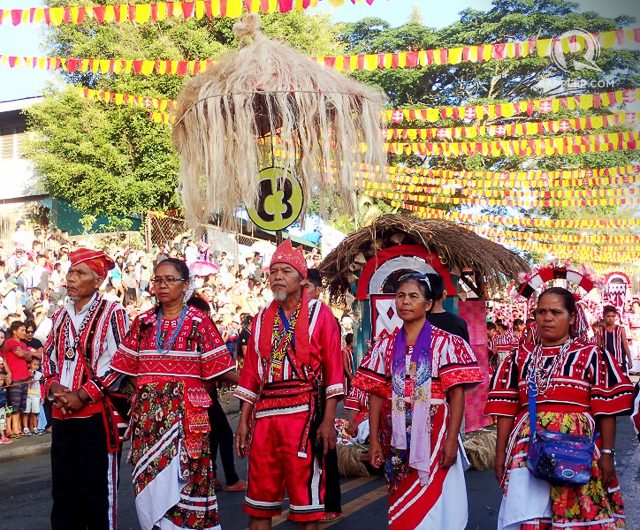
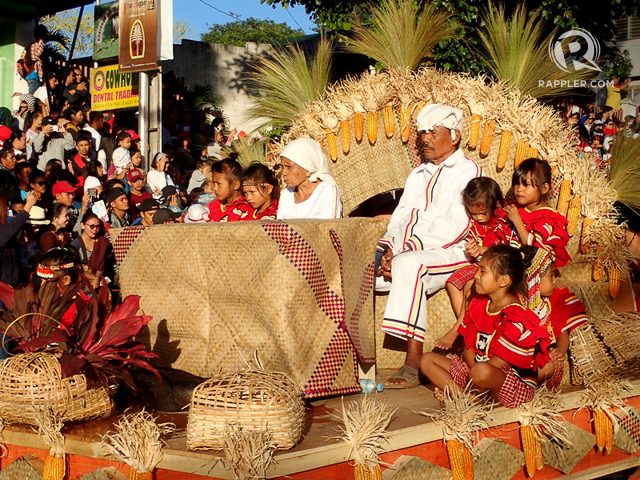
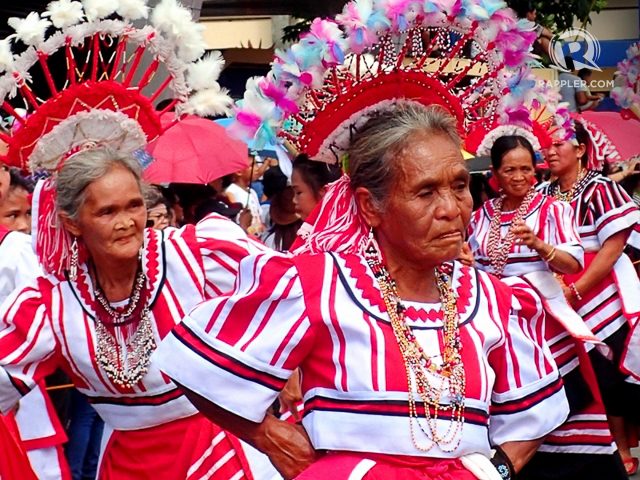
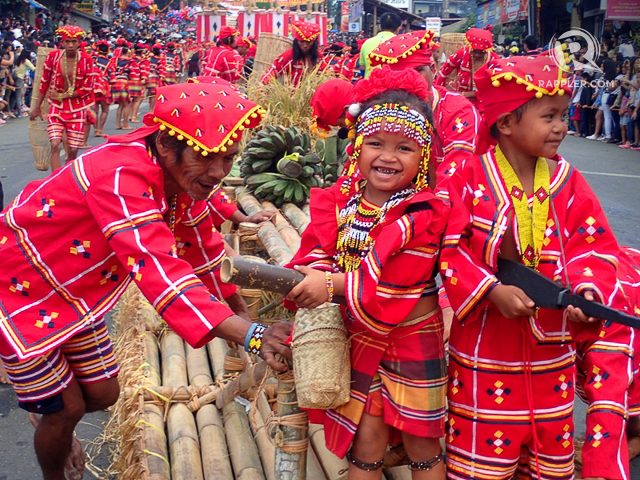
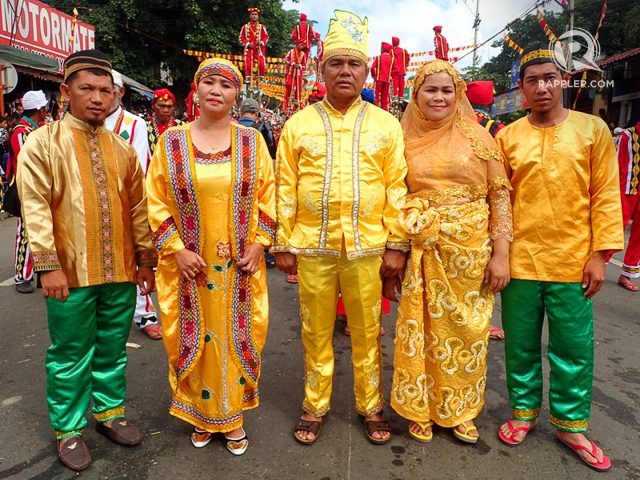
Kaamulan counts both indigenous and non-indigenous as its participants.
Dinlayan, of indigenous Bukidnon blood herself, said that at first the festival was only participated in by those belonging to the seven ethnic groups. Over time, though, students, teachers, and employees joined in.
“Their consciousness is expanding,” Dinlayan said. “Students and teachers have become more open to and respectful of indigenous peoples, and indigenous peoples have become prouder seeing other people perform their dances.”
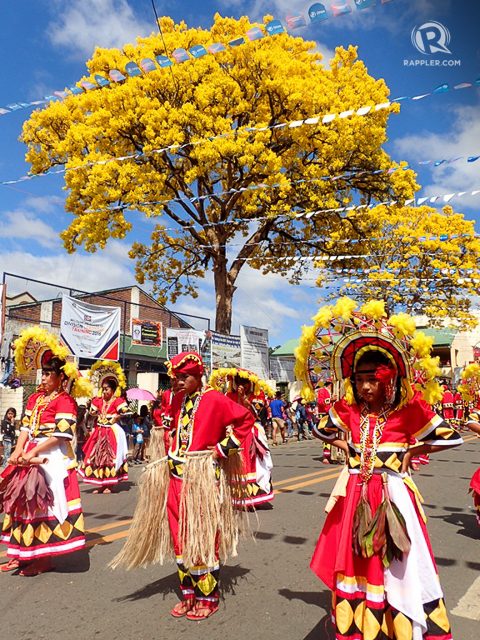
All this participation, though, is with the permission of the respective indigenous communities and their elders. As the indigenous dances are usually sacred, respect and permission to perform them are in fact necessary. Even choreographers are properly oriented on the nature of the dances, and they first show the routine they prepared to the indigenous elders for approval.
Permission and asking blessing from the spirits and Apu Magbabaya (God) is important to Bukidnon’s indigenous peoples. Before the street dance starts, a pamuhat (ritual) usually offering chickens and coins is always conducted to ask permission to go through with the celebration.
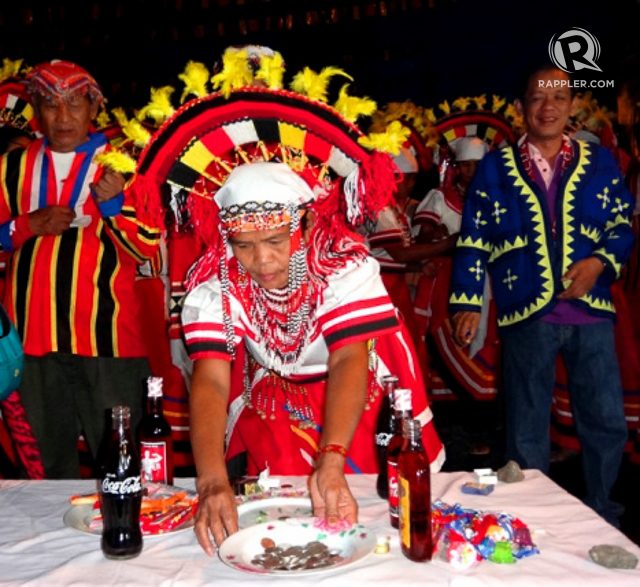
Amid the solemnity and sacredness of the festival, Kaamulan is also a competition. The different municipalities compete for three titles: Best Street Dance, Best Float, and Best Ground Presentation. The floats are usually part of the street dance, and the ground presentation held at the capitol grounds is a performance more extensive than the street dance.
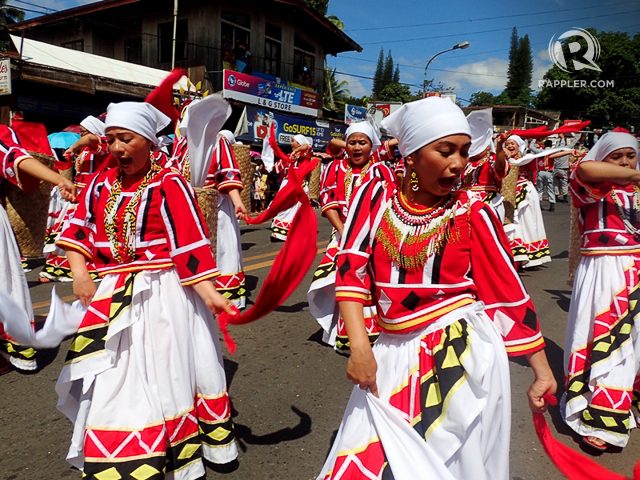
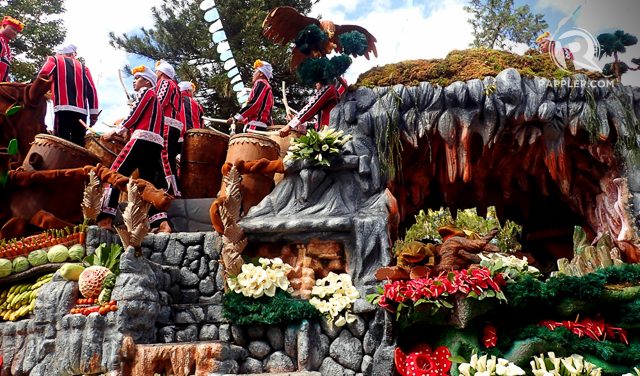
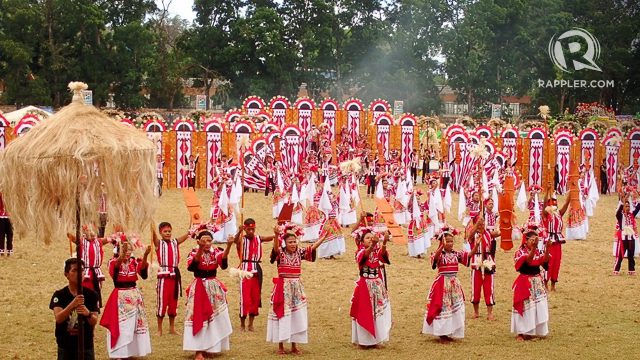
Aside from the street dances and the ground presentations, Kaamulan also has other important performances like the Piniliyapan, a cultural night held before the street dance. This year, the main event was the Ulaging, a Bukidnon epic.
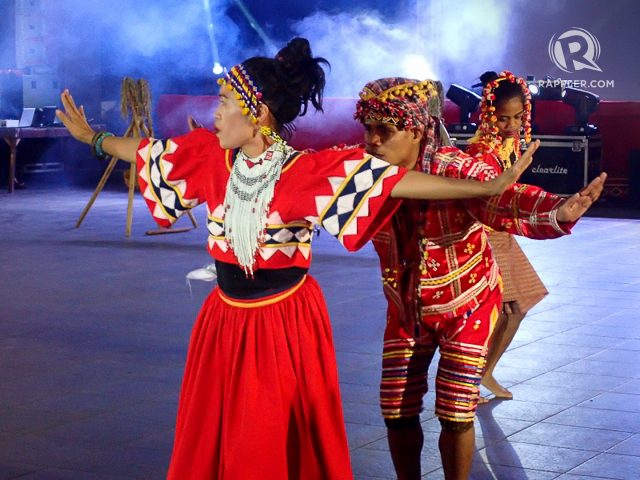
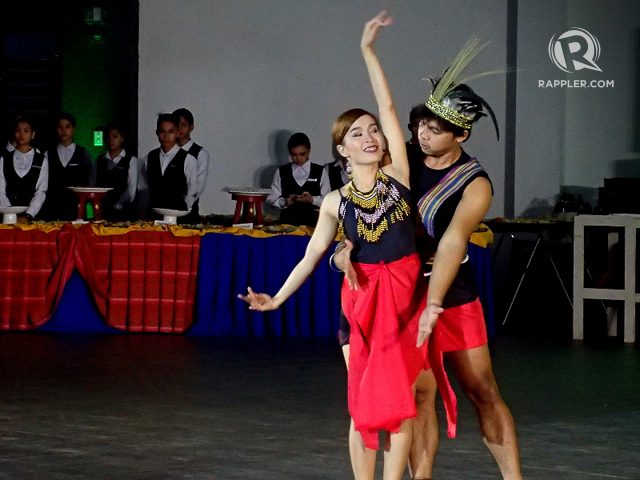
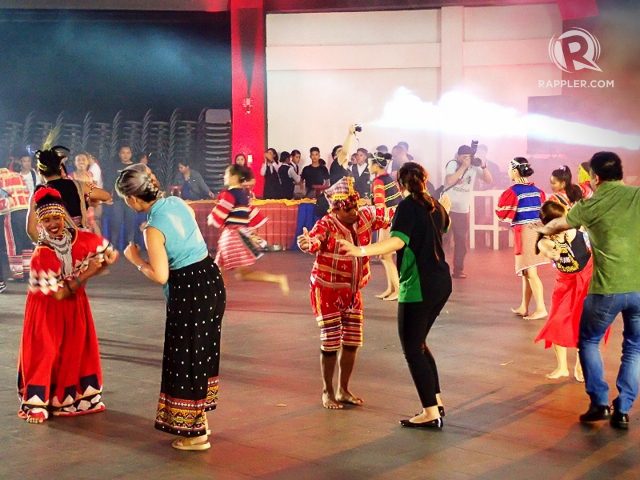
– Rappler.com
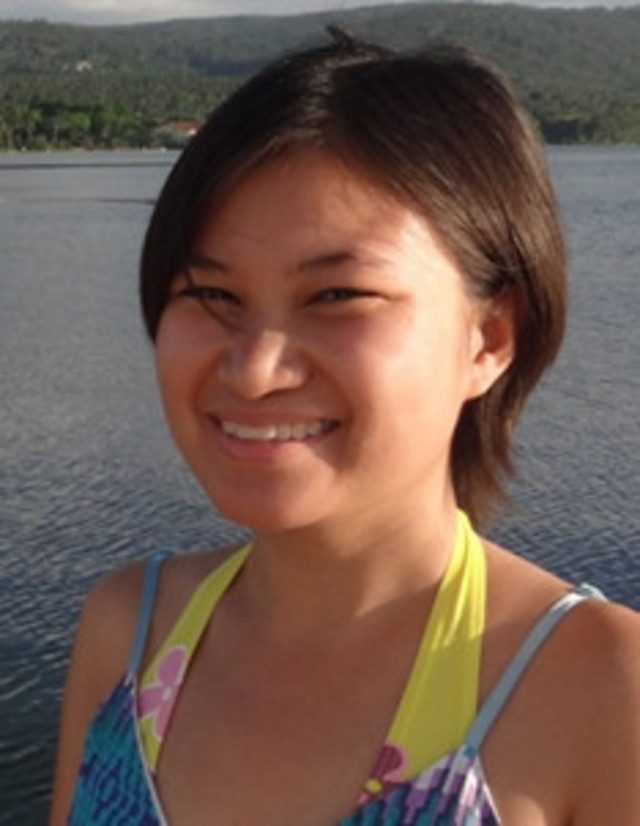
Claire Madarang is a writer, researcher, and documenter whose work and wanderlust takes her to adventures like backpacking for seven weeks and exploring remote islands and bustling cities alike. Follow her adventures, travel tips, and epiphanies on her blog Traveling Light and on her Instagram.
Kaamulan is an amazing place steeped in rich culture and traditions. If you’re planning a visit, book your stay using these coupons to enjoy savings.
Add a comment
How does this make you feel?
There are no comments yet. Add your comment to start the conversation.